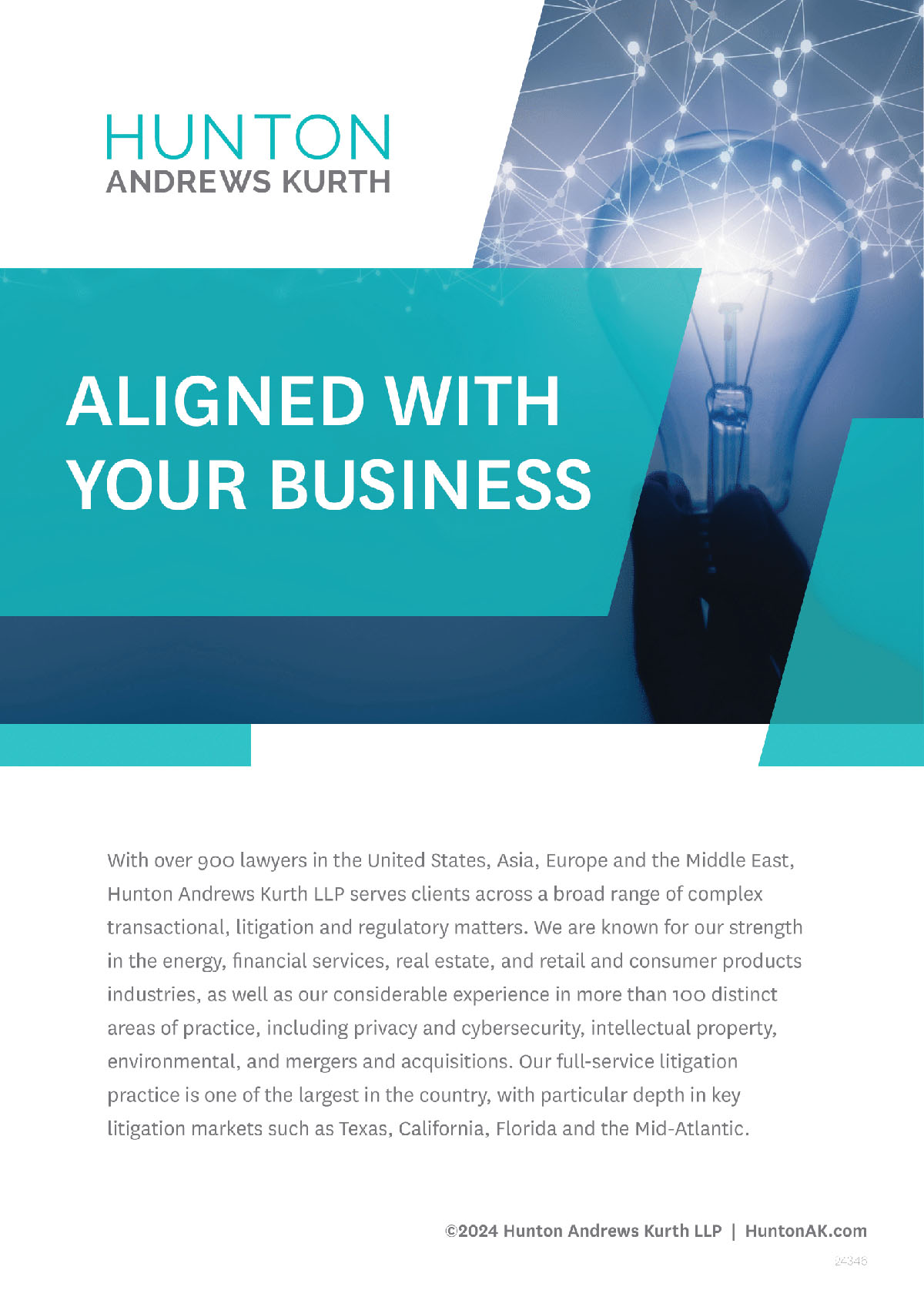The Research & Development Tax Credit (R & D) is one of the best-kept secrets of the Internal Revenue Service. Many corporate executives have never even heard of it, let alone understand it. Unfortunately, if you are like most executives, you are likely underestimating – or ignoring entirely – the amount of R & D your firm performs. This means your company is missing potentially tremendous cost savings in the form of R & D tax credits.
When executives think of R & D, they imagine people in white lab coats and clipboards. They do not recognize many of their own firm’s R & D efforts, such as improvements in spec designs, modeling, technology, and infrastructure investments. Executives frequently view these activities simply as ordinary business operations. In doing so, they are missing the opportunity to recoup substantial expenditures as R & D Tax Credits-dollar for dollar credit against their tax liability in addition to their regular tax deductions for R & D expenses. (You can receive both a credit and a deduction!)
What is the R&D Tax Credit?
Congress created the R & D Tax Credit in 1981 as an incentive for more significant private industry research investments. Recognizing that technological innovation drives economic growth, productivity, and competitiveness, the purpose of the credit was to reverse a decline in U.S. research and development and encourage U.S. companies to expand their research activities. It was meant to be used by businesses of all sizes in various commercial activities, including engineering, manufacturing, processing, customization, and innovation.
Recently issued IRS regulations have made it easier to qualify for the R & D credit by broadening the array of eligible activities and industries and providing greater flexibility in record-keeping requirements.
Having a technical understanding of your company’s qualifying R&D expenditures is the first step toward maximizing your savings. Whether or not you qualify is determined by the nature of the activities performed, not by their outcome or the job titles of the personnel performing the activities. Companies can apply for credit for the current year and up to three prior calendar years. In addition, 32 state governments also offer additional R&D Tax Credits.
Qualified R&D expenditures mainly consist of salaries and wages for employees who work on or supervise business activities or projects. Nearly 70% of the R&D tax credit dollars claimed by the business are investments in the salaries of researchers, support staff, contract labor, materials, and supply costs.
What qualifies as R&D?
- A new or existing business development or process. The purpose of the research must result in increased performance, function, reliability, or quality.
- Elimination of uncertainty. The uncertainty elimination standard is met when uncertainty exists regarding the optimal or final design being ultimately validated.
- Process of experimentation. During a design project, collaboration in developing and accessing a design thru modeling or computational analysis satisfies the experimentation requirement of qualified research.
- Technological in nature. An activity will qualify as research if it relies on engineering, computer, biological, or physical sciences.
Corporate activities that typically qualify as R&D include:
- Experimenting with new materials and integrating the material to improve products or processes is called process improvement.
- Analyzing functional requirements.
- Engineering to evaluate new or improved specifications in terms of performance, reliability, quality, and/or durability.
- Conceptual design, testing, and modification of possible product or process alternatives.
- Design, construction, and testing of prototypes and models.
- Design tools, jigs, molds, etc., involving new or improved technology.
- Activity is required to advance a product’s design to the point that it meets specific functional and economic requirements and is ready to be constructed.
- Experimenting with new or existing technologies.
- Searching for applications of new research knowledge or findings.
- Software development/internal-use software.
- Patents/IP.
Documentation is essential for receiving and supporting the credits. It is vital to clearly demonstrate to the IRS that the project work was indeed R&D activities.
Does contract work qualify as R&D?
An R&D activity does not need to be internally generated. It can come thru having to solve technical problems related to new customer orders or changes in product application. Engineering firms routinely conduct qualifying research under contract with their clients. Neither the contract nor payments received for services under the contract will necessarily disqualify the activity from qualifying for the R&D credit.
Article by:

FI Group is an international tax consultancy specializing in implementing state and federal tax incentives and research and development (R&D) tax credits for corporations. The FI team consists of CPA’s, engineers, IT, legal, and business operation specialists. With over 18,000 clients in 14 different countries in Europe, America, and Asia. Our client’s benefits exceed more than $1.5 B in tax savings annually.
For more information, please contact:
FI Group USA
Bruce Kletsky – Managing Director
630.258.4981
Or visit our site www.fi-group.com
















